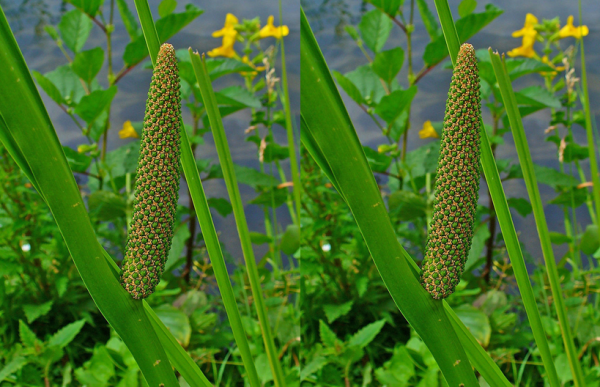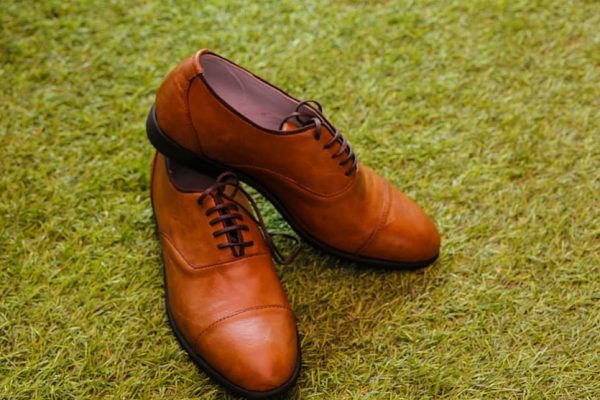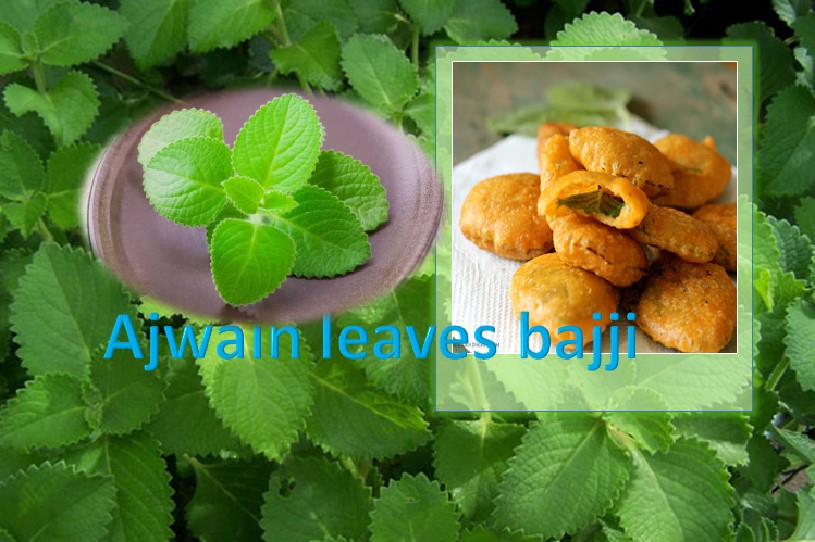
Home remedies of sweet flag
Sweet flag also known as baje, vacha and scientific name is Acorus calamus.
Root has a warm taste, bit bitter, pungent, gives unique fragrance and is aromatic. Its active principles are taken by boiling water, steeping in oil or by preparing paste.
Sweet flag root is useful for many conditions and traditional medicines uses sweet flag for various purposes and illness of the human body. However, it is not recommended in high dosage.
Home remedies of sweet flag :
For babies health issues:
1. Babies suffer because of bloated stomach and gas. This might be because of indigestion. Take a piece of sweet flag/vacha/baje and burn it slightly in flame. Cool and using water prepare paste by rubbing the root on a grinding stone. Mix a very little paste of this in milk and feed baby. It soothes baby’s tummy.
2. Sometimes due to white tongue toddlers does not develop taste for food and they refuse to eat. Prepare a paste of acorus and take a pinch of the paste and give it to toddler. This helps them not only getting back taste bud also, increases their appetite.
3. Mix sweet flag paste in honey and give little to toddler. This helps in controlling cough and sore throat. Also, if you are worried babies does not communicate orally, this remedy helps. It also helps in controlling diarrhea.
Make sure there is no fungal infection in the root before using it. And do not give more than ¼ tsp of sweet flag at a time for babies.
4. Traditional use of sweet flag teething bracelets for babies: Acorus has antimicrobial properties. For this reason in India beads prepared out of the sweet flag is used in baby’s bracelet. It smells good too. When babies bite the beads, the extract from the beads enters their system, keeping away all illness!!
Hair lice control:
Hair oil prepared from sweet flag is good for controlling hair lice. Sweet flag oil is a natural insecticide and is good for the scalp skin. To prepare hair oil, soak and steep dried sweet flag in coconut or sesame oil and keep it under sunlight for few days. Drain the oil and use it on hair. Alternatively, warm the dried sweet flag in any of these two oil and strain the oil and use it for hair application to control hair lice.
Indigestion:
Not only for babies and children, sweet flag is good for adults too. During indigestion to a cup of warm water add, little ginger powder and little sweet flag paste. Add little honey and drink. It reduces stomach pain, flatulence and other indigestion problems.
Memory boosting and to release stress:
Sweet flag has a calming property and soothes nervous system. In Ayurveda sweet flag is recommended for epilepsy and depression conditions. It also acts on brain cells and boosts memory. Boil sweet flag root in one cup water and strain the water and drink.
Massage oil:
Acorus oil can be used as a remedy for headache and to get relief from arthritis pain. Steep pounded sweet flag root in coconut oil and expose it to sun light for a week or so. Let the contents release in the oil. Use this oil and give massage to body parts and joints to get relief from the pain.
Other uses of sweet flag :
- It removes phlegm, clears congestion, helps in insomnia, chronic bronchitis, and bronchial asthma. It also tranquilizes the mind!
- It is helps to reduce stomach acidity and eases heartburn and dyspepsia.
- Chewing of root helps to reduce toothache
- Smokers can get help of sweet flag to quit smoking by chewing the root.
- During drug withdrawal, it can also blunt gastric upset.
Before using sweet flag make sure that it does not interfere with the medicines that you are prescribed from your doctor and seek recommendation.
Grandma’s home remedies – Grandma online. www.healthylife.werindia.com
Image credit: https://commons.wikimedia.org/wiki/File:Acorus_calamus_002.JPG,
Attribution: H. Zell / CC BY-SA (https://creativecommons.org/licenses/by-sa/3.0)
Author: HealthyLife | Posted on: August 18, 2017
« Tips to reduce eye strain Home remedies of Indian Changeri Oxalis »








